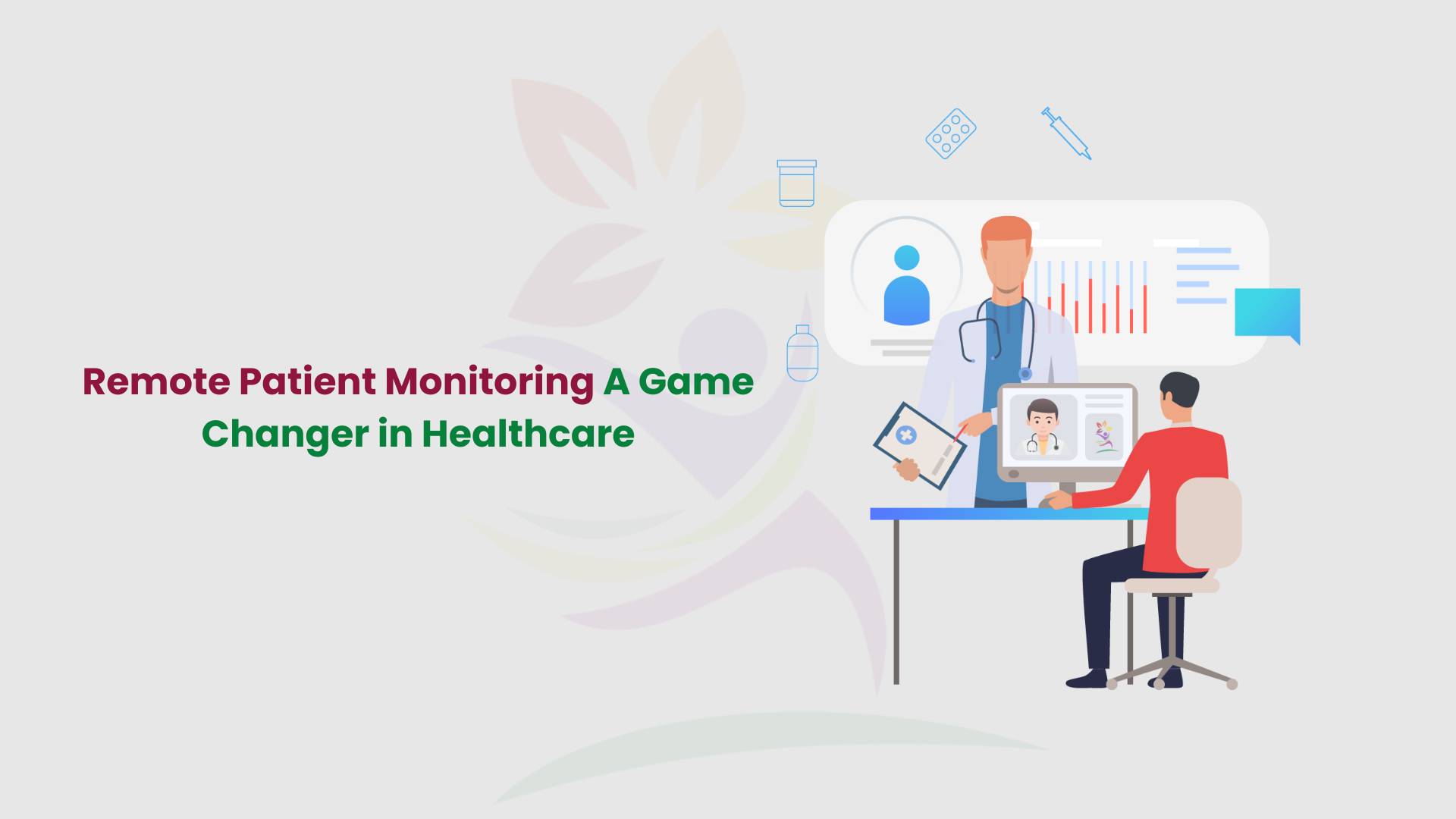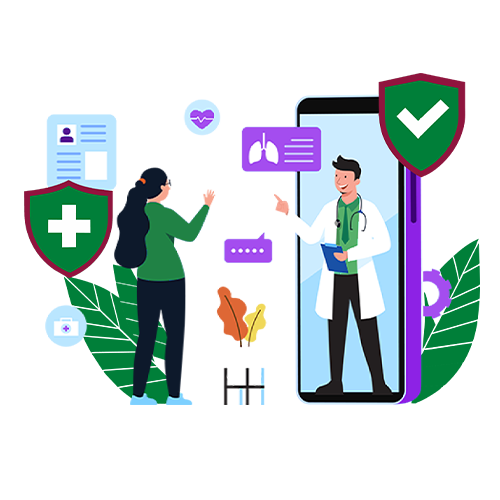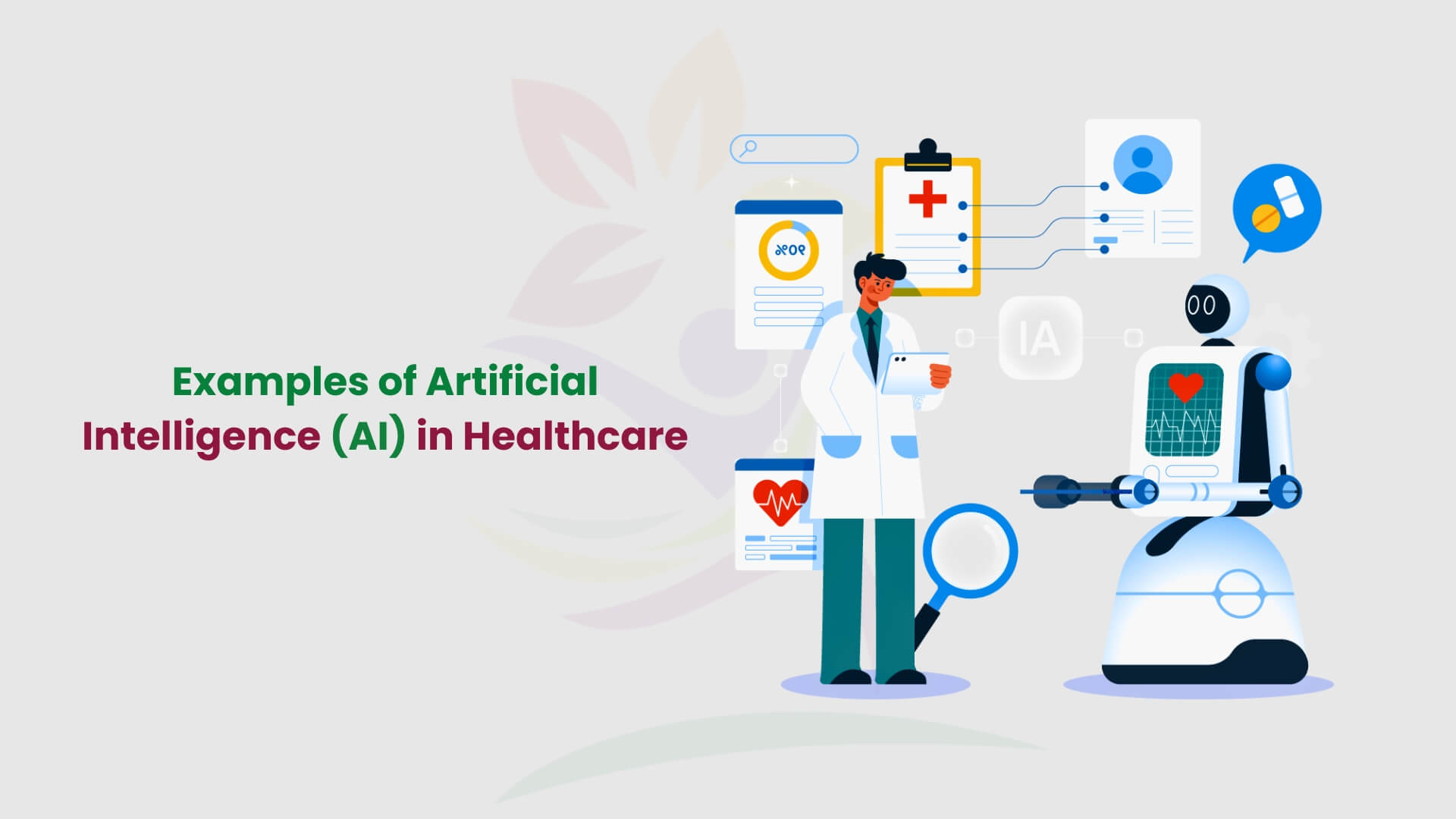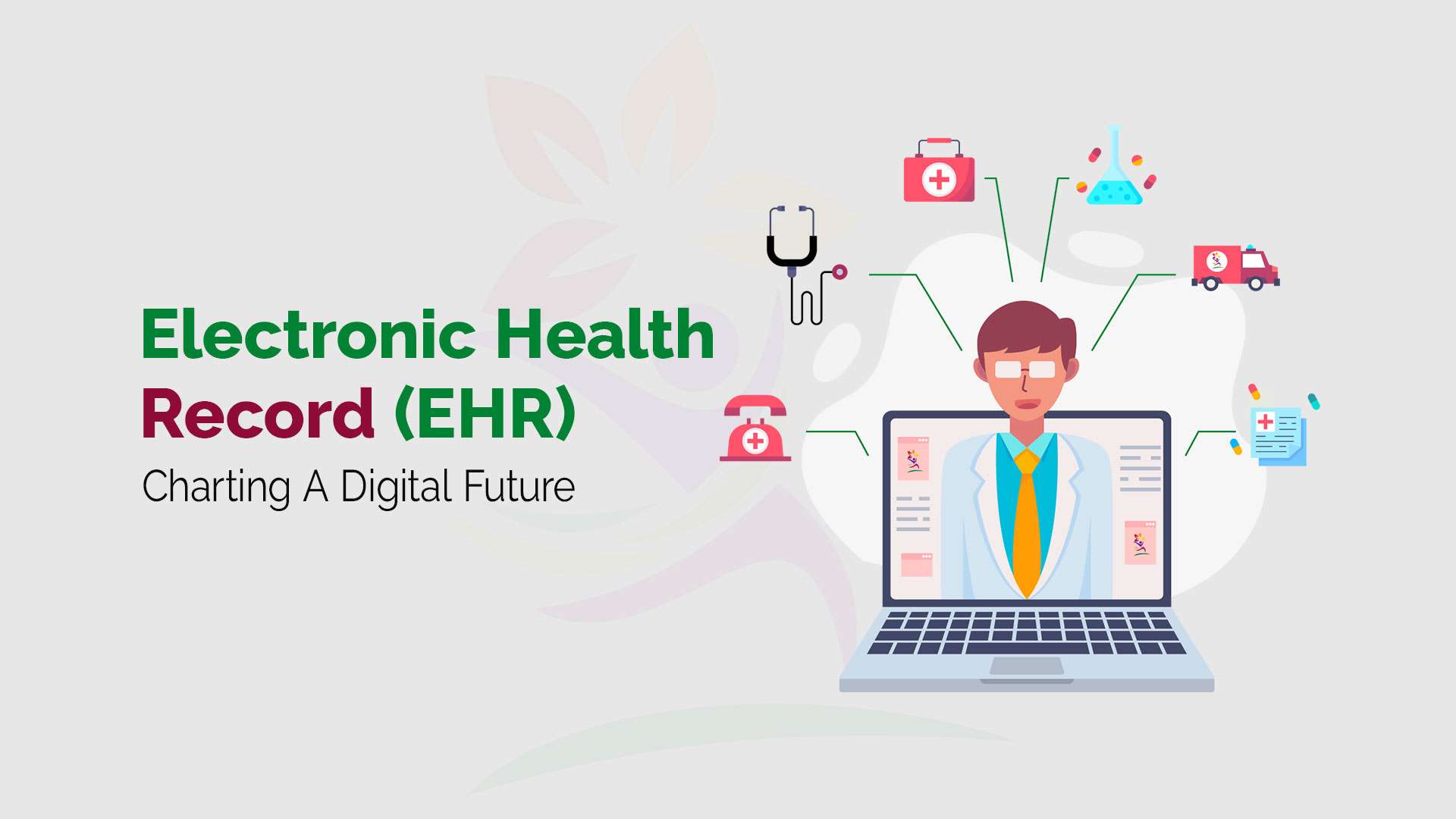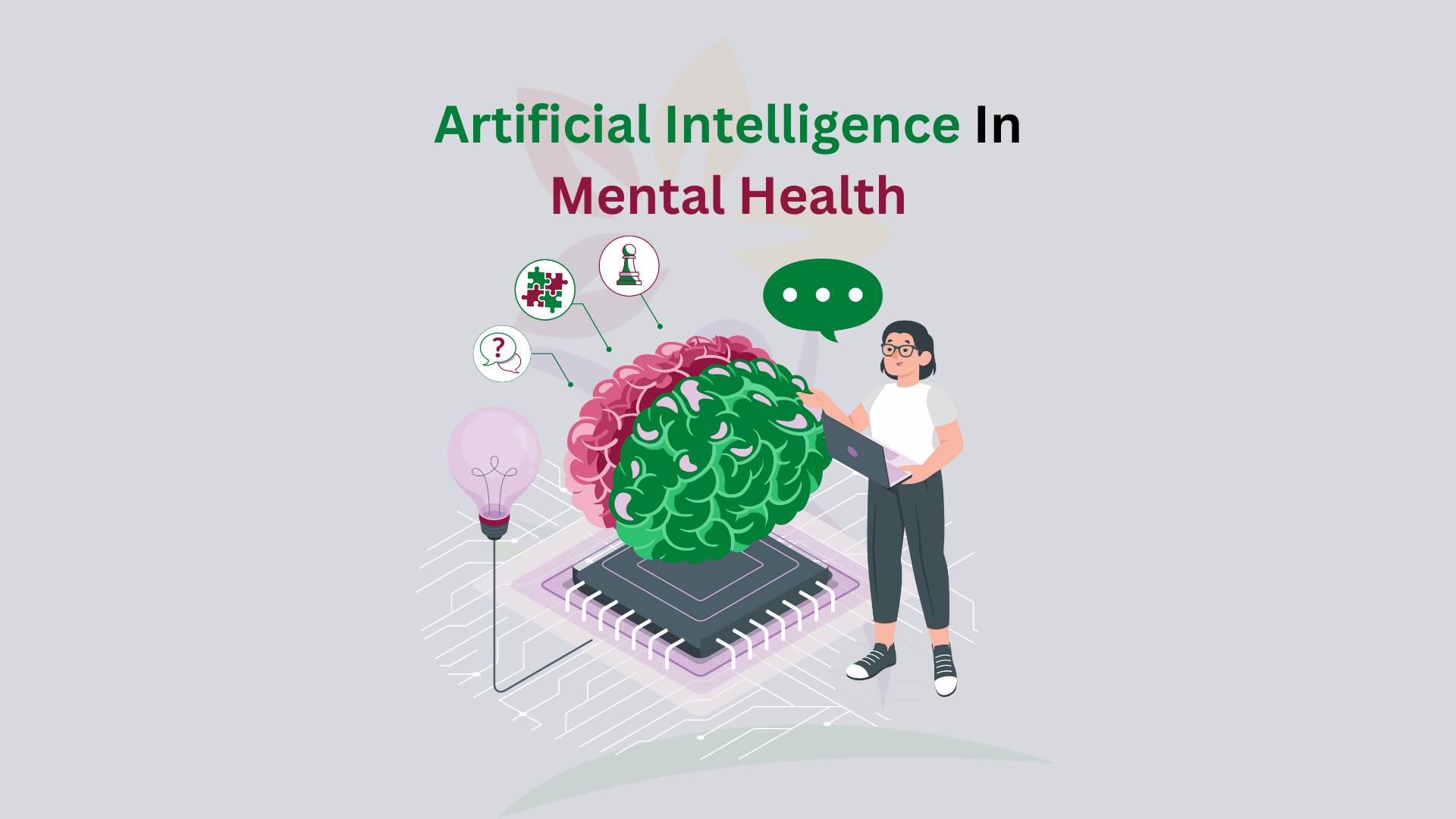Remote patient monitoring is the type of telehealth in which a patient is monitored virtually. In this digital era where technology influences our day-to-day lives, it is also evolving our healthcare systems. In RPM, a doctor diagnoses and treats patients remotely using different digital devices like Digital Kiosks, mobile apps, and wearable devices. These devices collect patient’s data and then seamlessly transfer this data to healthcare providers.
Quick Links
ToggleBy analyzing patients’ vitals, doctors can suggest prescriptions that reduce the need for patient’s physical visits to Smart hospitals. In 1970, for the first time, Kaiser Permanente developed a remote monitoring system for ruler areas to get better healthcare. Though it has been used previously, after the pandemic of COVID-19 its use has become common.
During COVID-19 when patients were not allowed for physical checkups, patient remote monitoring emerged as a blessing. RPM enables doctors to monitor their patients continuously for any chronic disease or physical tracking by using certain devices like wearable bracelets, smart watches, blood pressure monitors, oximeters glucometers, etc.
Integrating RPM in chronic diseases can improve patient journey. RPM is quite helpful for chronic diseases telemonitoring like cardiovascular diseases, infectious diseases, etc.
Top Remote Monitoring Devices: Wearables, Apps, and Implantables
Patients can get their diagnosis, treatment, and prescriptions in the comfort of their homes. It reduces time costs and hospitalization charges also. A patient from remote areas can get consultancy from a doctor via different telecommunications resources like using audio, or video calling at his doorstep.
There are the following devices that can be used for remote patient monitoring.
- Wearable devices: Smartwatches and trackers are wearable devices. These devices have sensors that detect blood pressure, heart rate, respiratory rate, sleep duration, etc., and send them to cloud-based devices for analysis.
- Mobile apps: Nowadays many mobile applications help individuals to track and monitor their vitals by themselves. These app uses screening processes such as skin color and sound to detect any change in vitals.
- Implantable devices: Some advanced RPM monitoring centers have implantable devices like pacemakers, implantable cardiac defibrillators, and neurostimulators. These devices are used for patients who need continuous long-term monitoring.
RPM in different diseases diagnosis
Remote patient monitoring is very useful for all kinds of diseases but it plays a vital role in some particular diseases like:
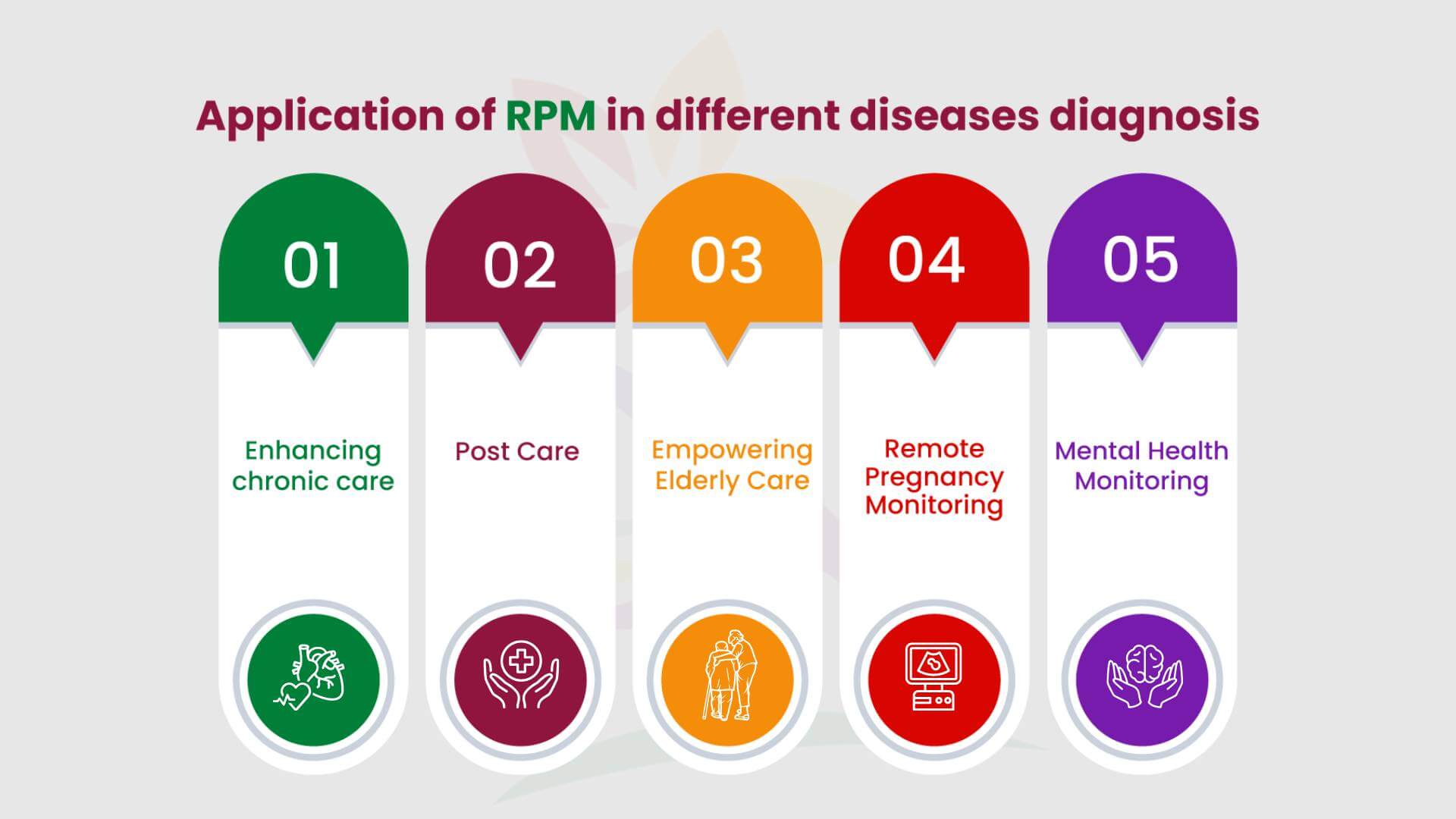
01. Enhancing Chronic Care
Patients who are suffering from heart disease, diabetes, hypertension, etc. need continuous monitoring of their vitals.
By remote tracking, doctors can detect any potential change in their blood pressure, glucose level, etc. at an early stage. This helps them to treat patients timely by preventing them from any serious issues.
02. Post Care
RPM is also significantly important in post-care. For example, when the patient is discharged from the hospital after any operation, or surgery needs continuous care.
By remote monitoring, doctors can monitor their vitals regularly by providing them with necessary care. This enables them to detect any slight change in their vitals. In this way, they can treat him timely by saving him from further complications.
03. Empowering Elderly Care
Elderly patients often suffer from multiple health conditions simultaneously like heart issues, diabetes, hypertension, etc. Therefore, it is necessary to monitor their vitals regularly to ensure their safety.

For this purpose, many wearable smart devices are developed which help doctors to monitor patients remotely by suggesting preventive measures and prescriptions timely.
04. Remote Pregnancy Monitoring
RPM also helps in ensuring maternal and fetal care at an early stage. By RPM doctors can take the vitals of the mother and can also check the baby’s heartbeat, and other necessary parameters.
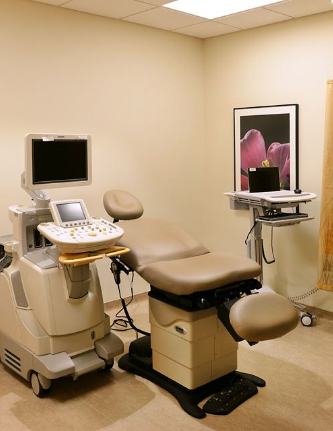
It also helps them to detect any complications timely by providing them personalized care timely.
05. Mental Health Monitoring
RPM is also useful in improving mental health care. It allows doctors to detect any mental changes in patients like anxiety and depression timely.
It helps them to track and monitor their patients remotely by helping them detect their mood swings and suggesting good mental therapy.
Benefits of Remote Patient Monitoring
Here are some benefits of remote patient monitoring in the healthcare system:
1- Improved patient health
RPM helps to improve patient healthcare. Some chronic diseases like cardiovascular disease, diabetes, and respiratory issues need to be detected at an early stage to avoid any serious threat.
Therefore, patients need to use wearable devices like smartwatches, blood pressure monitors, oximeters glucometers, etc. These devices allow doctors to monitor patient health continuously and overcome any serious issue by detecting and regulating it on time.
2- Empowering Patient
RPM also empowers patient by enabling them to have data from their medical record. Having their medical data helps them to take good care of themselves by taking preventive measures against any disease.
3- Cost and Time-Saving
As there is no need to visit hospitals or Smart clinics physically in RPM. It will reduce the cost of going to hospitals and other expenses.
Besides this, it also helps in avoiding time wasted by waiting for the doctor’s availability. In RPM, patients simply have to book an appointment online according to their availability.
RPM is beneficial for doctors and hospitals too. It reduces in-patient visits which resultantly decreases the crowd of patients in hospitals. A doctor can also manage his appointment according to his availability. In short, it makes a hassle-free doctor and patient journey.
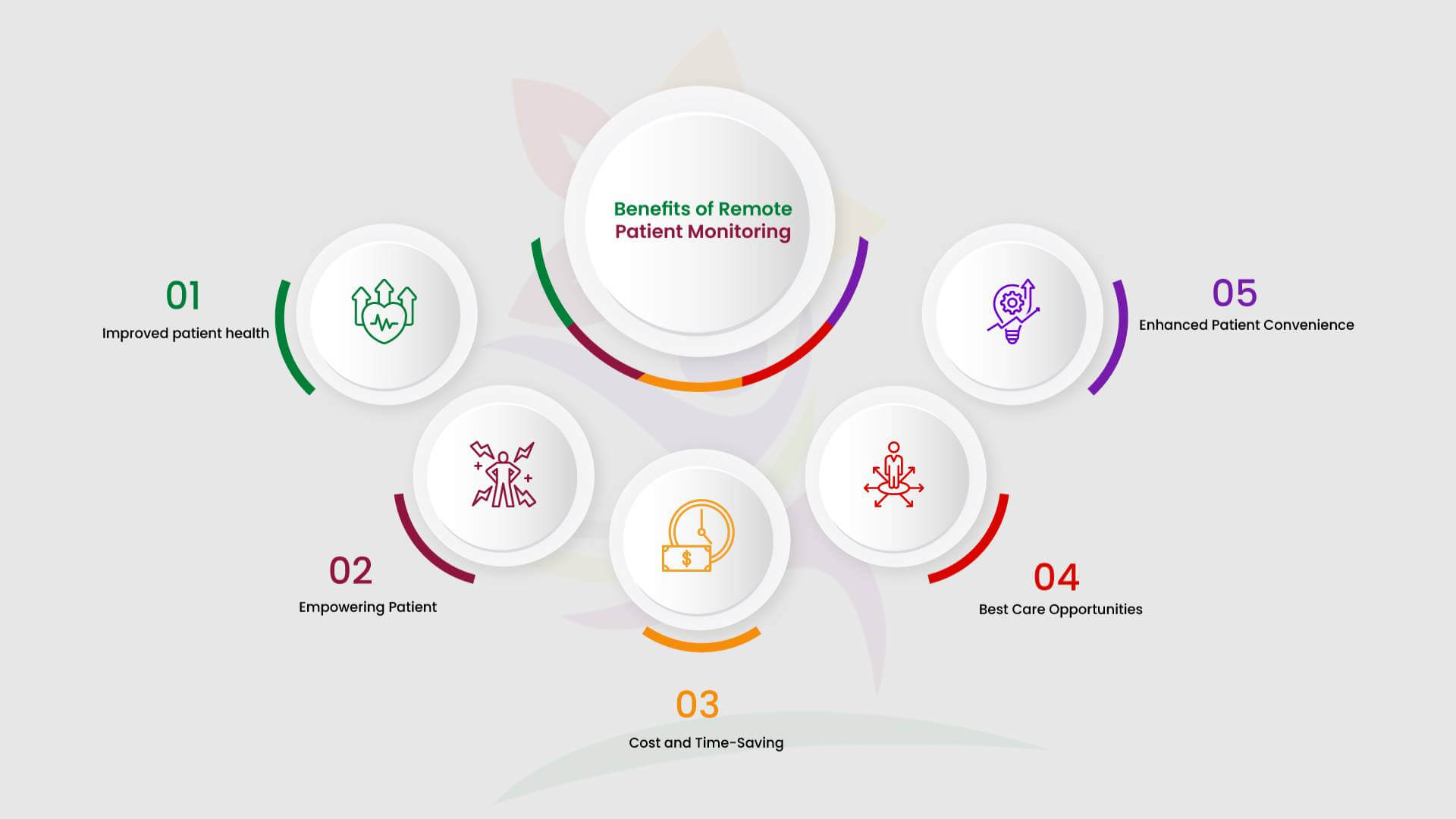
4- Best Care Opportunities
RPM makes the patient journey smooth. It helps doctors manage a lot of patients remotely by providing them best healthcare services.
5- Enhanced Patient Convenience
RPM is quite helpful for far areas people. It enables patients to get the best services anytime and from anywhere at their doorstep.
Therefore, it is helpful for patients in rural areas. They don’t need to go anywhere, wait for the best physician or to travel cities for the best services.
Challenges for Remote Patient Monitoring
Though RPM is revolutionizing the healthcare system still there are hurdles for completely implementing the system. In most areas, people don’t have skills or digital literacy due to which they fail to use new technological devices accurately. Besides this, it also needs widespread coverage on the internet.
In rural areas where there is no concept of internet and Remote Monitoring, people are unable to get even basic healthcare facilities. As remote monitoring devices require the patient’s complete data including its personal information, it needed to be securely handled.
Some patients are reluctant to share their data. Therefore, such systems are required which ensure data privacy. Therefore, these challenges need to be covered to ensure RPM availability everywhere.
Future of Remote Patient Monitoring
As technology is advancing Virtual Patient Monitoring has a bright future. With telehealth, it will become an integral part of healthcare systems. Remote Patient Checking is useful in managing all kinds of diseases acute and chronic in the comfort of the home therefore shortly its use will become common.
It helps reduce time, space, and expenses therefore patients will prefer to be treated at home while continuing their whole routine. It is more helpful in managing patient’s safety, preventing them from any adverse situation.
Therefore, advancements in improving RPM will continue to make it easier and safer for patients by ensuring the best healthcare services.
Remote Patient Monitoring in Pakistan
In Pakistan, many people live far from hospitals and healthcare centers, making it hard for them to access medical care.
- Remote areas often lack sufficient healthcare infrastructure and hospitals.
- The limited availability of doctors exacerbates the problem.
- The economy struggles to support the existing healthcare system.
One solution to these challenges is implementing telehealth and remote patient monitoring systems. By embracing telehealth, Pakistan can address multiple healthcare challenges simultaneously and improve healthcare access for all citizens. FitwellHub, the largest digital healthcare ecosystem, is tackling the telehealth challenges in Pakistan with the help of hybrid healthcare solutions.
Final Thoughts
RPM is transforming the healthcare system digitally. It provides enhanced patient care, increases patient outcomes, and continuous monitoring of patients.
It helps in decreasing medical costs and saves time for both patient and doctor soon, it will become an integral part of telehealth care services.
Integration of both telehealth care and RPM will robust the healthcare system with innovations. As advancements in AI will continue it will bring new transformations in RPM making it more advanced and personalized.
Soon we will enter the era where our healthcare system will be digitalized, accurate, and safe. It will provide improved healthcare services with very ease.
Frequently Asked Questions
Remote Patient Monitoring (RPM) is a type of telehealth that uses digital devices to monitor patients’ health data remotely, enabling timely intervention.
RPM involves monitoring patients remotely using digital devices like wearable trackers and mobile apps to collect and analyze vital signs, allowing healthcare providers to intervene when necessary.
RPM enables continuous monitoring of vital signs, facilitating early detection of changes in health status and timely interventions to prevent complications in patients with chronic diseases.
Common devices include wearable trackers such as smartwatches, mobile apps for self-monitoring, and implantable devices like pacemakers and cardiac defibrillators.
RPM allows for remote monitoring of elderly patients’ vital signs and provides personalized care, while also enabling early detection of potential complications in pregnant women and ensuring maternal and fetal well-being.
Challenges include digital literacy, data privacy concerns, and internet accessibility, but advancements in technology and telehealth integration suggest a promising future for RPM in transforming healthcare delivery.

